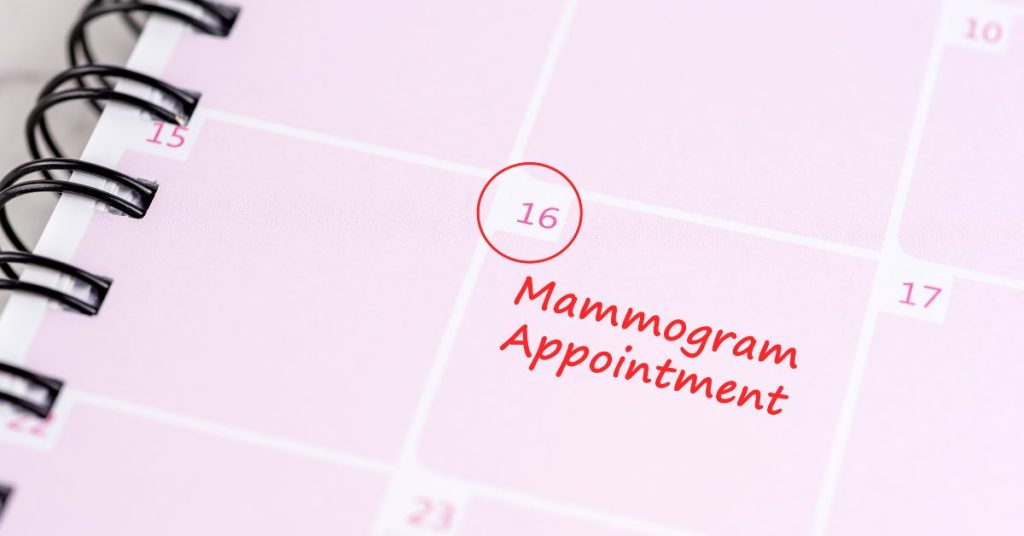Breast changes as we age are completely common. The breasts of a 40-year-old differ dramatically from those of a 20 or 60-year-old. Understanding what is considered normal for your breasts in your 40s can ensure that you maintain good breast health into your 50s and well beyond.
Breast Changes in Your 40s
As you grow older, your breast tissue gradually becomes more fatty. Because fat has a different structure than breast tissue, this causes your breasts to become more droopy and saggy in your 40s.
At this age, some women also develop fluid-filled cysts, in which fluid is trapped in breast ducts. These cysts can be painful but are typically found to be harmless. They are not known to affect your risk of developing breast cancer. However, it is important for you to monitor the presence of cysts or other masses to ensure your continued breast health.
Many women in their 40s also ask how they can prevent breast drooping. Practicing good posture and strengthening your core muscles can help your breasts look perkier. It also helps to find a supportive bra that lifts your breasts without digging into your skin.
What is the recommended age for a mammogram? Has it changed?
This is a tricky issue, because it depends on whose recommendations you follow, and what your personal risk factors are.
Between 2000 and 2015, due to a debate about false positives and overdiagnosis of breast cancer, a number of organizations revised their breast cancer screening recommendations for women at average risk of breast cancer. Some organizations recommend starting screening mammograms at age 50, and having a mammogram every other year.
The National Comprehensive Cancer Network (NCCN) recommends all women aged 40 and older with average risk of breast cancer have annual mammograms. Breastcancer.org and The Mayo Clinic also support this recommendation. If you have risk factors, your doctor will likely recommend you begin screening earlier and more frequently.
The Best Health Practices for Breast Cancer Prevention in Your 40s
Unfortunately, breast cancer is a leading form of cancer found in women. One of the most important things you can do when you turn 40 is schedule a breast cancer screening mammogram or breast ultrasound. For this purpose, it is best to see a breast care specialist, you can then discuss what screening schedule is best for you.
In addition to formal screenings, it is essential to perform regular breast exams. A breast self-exam can be performed in the shower following your period. Include gently probing your breast tissue in a circular motion which can help you detect small lumps that could be a sign of cancer. If you discover anything unusual in your breasts or if you have concerns about your breast health, you should follow up with your doctor as soon as possible—don’t wait!
At Bedford Breast Center, we pride ourselves on delivering the best care to our patients. We not only focus on delivering the best treatments available but also on educating each and every patient that comes to our office about complete breast care tips and the prevention of serious conditions.
We care about you and your health. If you have any concerns about your breast health, please get in touch with our office for a consultation at (310) 278-8590 or online, we would love to help you.

